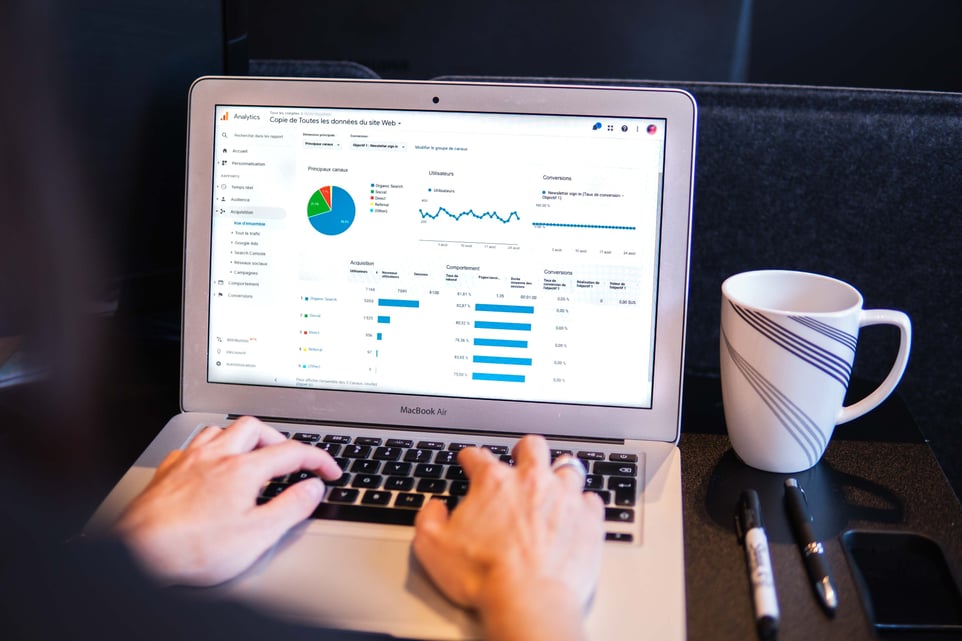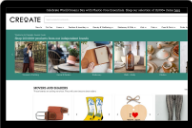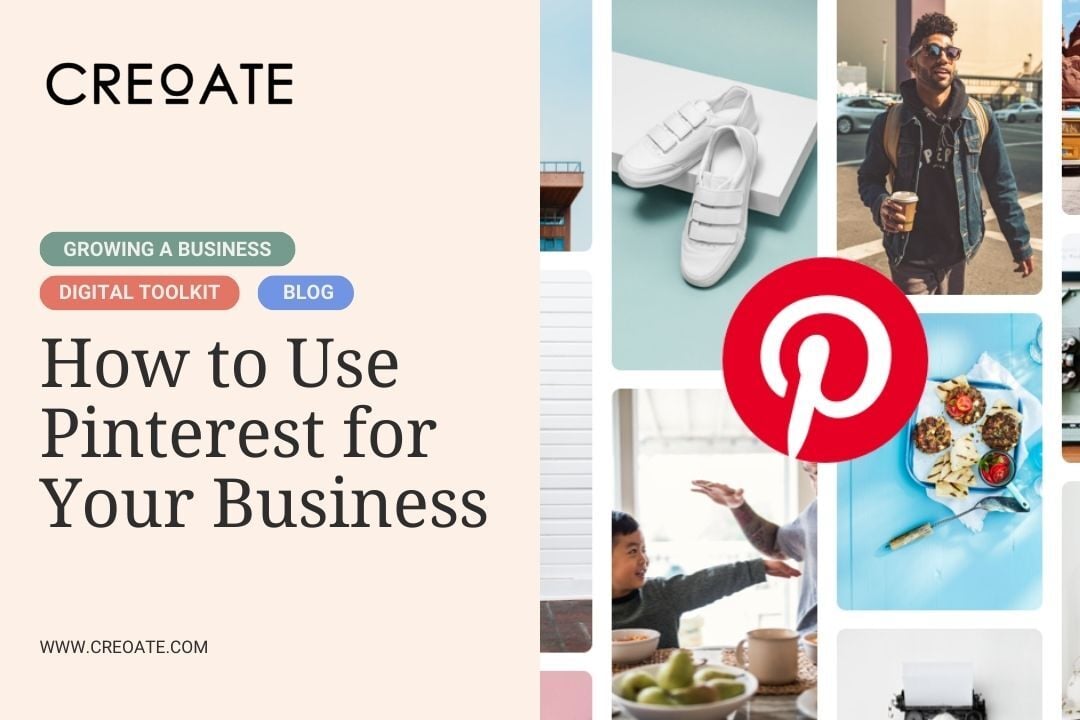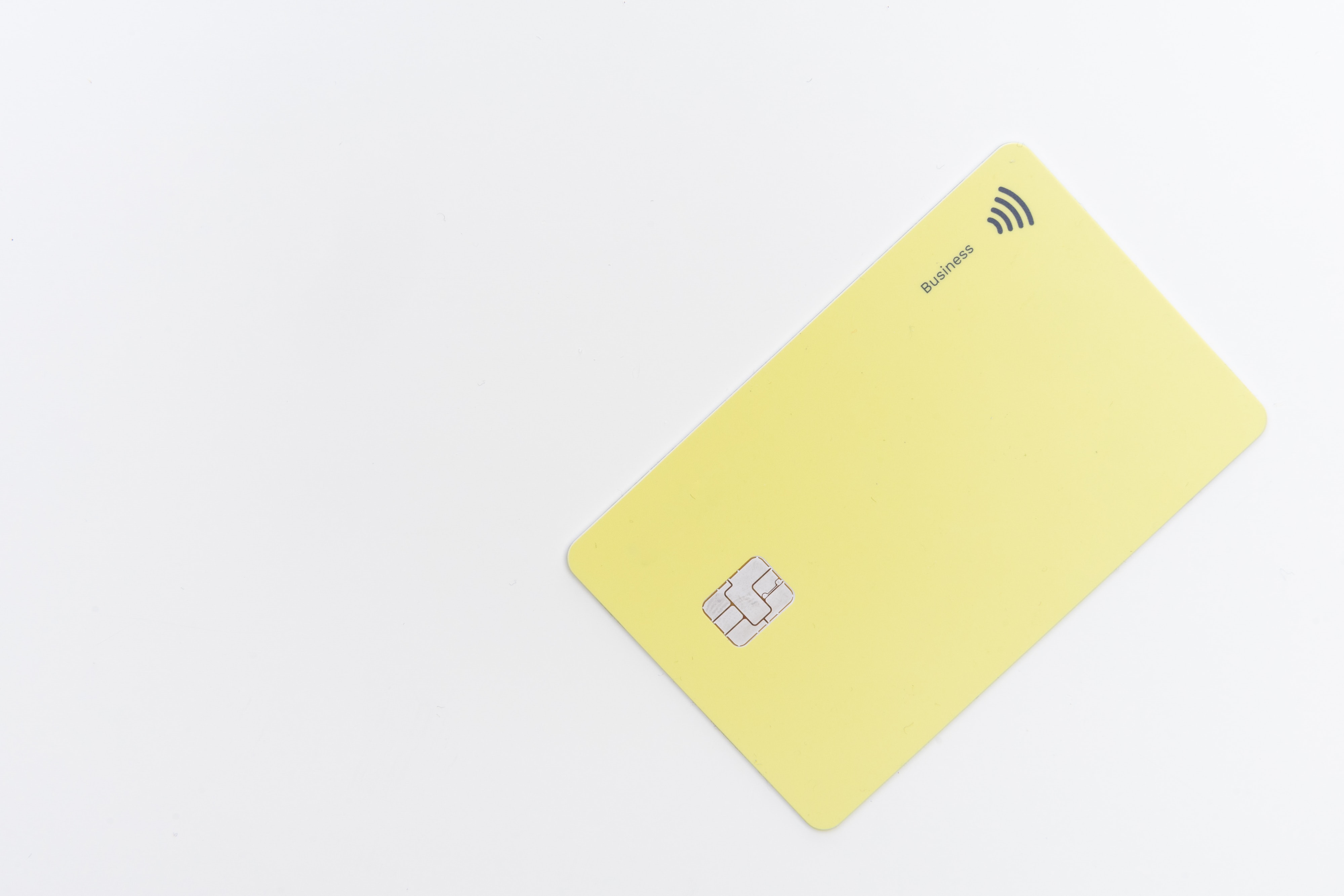In this instalment of CREOATE's Digital Toolkit, resident Google Ads wizard and all-around Analytics Aficionado Anish Thuraisingham takes us through a whistle-stop tour of Google Ads for beginners, and how to best use them to your advantage as a business owner.

Let’s talk Google Ads for beginners. If used correctly, Google Ads can be an incredibly powerful tool in helping businesses, big and small, grow. With roughly 260 million unique visitors per day, Google is the world’s largest search engine, and as an ad platform, Google Ads is unparalleled in its global reach.
On this page
- Google Ads Tips and Advice
- How to Set up Conversions and Audiences
- Google Search Ads
- Google Display & Video Ads
- Final thoughts
Want to tap into this scope and learn to drive traffic to your ecommerce website? Read on as we help you navigate the process of maximising Google Ads’ capabilities.
Google Ads: best practices and advice
Before we start looking at individual campaign types, let’s go into some of the more general guidance to keep in mind when navigating Google Ads.
How to set up conversions and audiences
Before we begin, be sure to set up your conversions and audiences. These tools can massively impact the performance of your ads, though in the case of conversions can be a little tricky to set up. Google Ads conversion tags help generate reports that can help shed some light on what actions customers take after clicking on your ads. These actions may include making a purchase, subscribing to your newsletter, contacting your business, or downloading your app. Any action that you have identified as valuable and completed by a customer is referred to as a conversion.
However, once your conversions are set up this will allow the Google algorithm to optimise towards getting conversions, which is incredibly useful, especially if the goal of the campaign is acquiring new leads or customers. Ensuring you have audiences set up is also important as this will allow you to not only analyse exactly who is interacting with your ads, but also allow you to target specific audiences with your ads. This is especially useful if the goal of your campaign is retargeting.
Toolbox Tip: The general rule of thumb is that you should not alter a campaign's budget by more than 15% at any one time. The reason behind this is that if you do so, you will reset all that valuable learning that your campaign has been doing, and thus will have to start from scratch again. Therefore if you want to drastically lower your budget you should do this gradually, reducing the budget every couple of days.
It is important when deciding upon the goals and objectives of a campaign that you take into consideration the audience. For instance, if you are targeting new leads then you would likely choose leads and signups as your objective and goal respectively as the audience will be very large. However, if you are running a campaign retargeting your existing customers you may choose to have the objective as brand awareness and reach as you want to make sure that the whole of the audience are reached by the ads.
Tips and advice for Google search ads
Search ads, some would argue, are the essence of Google Ads and can be a very useful tool, especially in acquiring new leads or customers. These ads appear when someone searches for a term that is somewhat related to your business and heavily customisable, as shown here:
Here are a few tips we'd suggest when using search ads:
1. Organise your ad groups by theme and keep them concise
For each ad group you make, you will add a set of keywords which will trigger the ads that will show, therefore you want to make sure the ads are thematic. Let's say your business sells both garden and kids products, you would want to separate the keywords related to these categories into two ad groups to ensure the copy on the ad isn't confusing to users. Additionally, you should aim to have no more than 25 keywords per ad group to ensure your budget isn't spread too thin.
2. A/B Test your ads
The Google algorithm works best when it has plenty of options to test, so make use of all 15 potential headlines and 4 descriptions in your search ads. Be sure to experiment by adding multiple ads to an ad group pushing different USPs, and with varying stylistic tones and wording to test which performs best. From there, you can turn off the ones that don't perform so well and iterate with different versions of the top-performing ads.
3. Regularly refresh your keywords
Keywords are the crux of search ads, so you need to ensure your keyword lists are replenished frequently. We would recommend doing this by:- Removing underperforming keywords (low CTR and/or conversion rate) from your search keywords
- Adding the high-performing search terms (high CTR and/or conversion rate) to your search keywords
- Add any very low-performing search terms (high impression but little to no clicks) to your negative keyword list
Tips and advice for Google display & video ads
Google's display and video ads allow you to reach your target audience outside of the Google search engine and across all Google platforms. As the potential reach and audience for these campaign types are broad here’s a little advice to help you leverage them to your advantage.
1. Define your audiences
Unlike search ads, which are shown only when someone searches for a term directly related to your business, display and video ads can be shown to whoever, whenever. So, depending on the goal of your campaign, you should define your audience, whether that’s using Google’s affinity audiences or your own lists.
2. Use both responsive and standard display ads
Responsive display ads are generally comprised of images with accompanying headlines and descriptions to supplement the desired message, as shown in the picture above. However, there are also standard display ads which do not have supplementary text. These have fewer constraints on dimensions and image type, for example, you can use GIFs. We would recommend using both to capitalise on the opportunity of appearing in front of your target audience as much as possible.
3. Use Video Campaigns for Retargeting
While video ads are often not very effective for acquiring new leads, they can be very useful in retargeting existing customers. We subscribe to the idea that video ads rarely have a high CTR as most people do not want to leave the youtube video they are watching. However, if an existing customer sees your video ad, then they are likely to recall your company and revisit the site to convert.
Final thoughts
We hope this blog has served as a small guide to harnessing the potential of Google Ads for your company. The key with Google Ads is to not be open to experimentation and trying new things. There's also no need to limit yourself to exclusively using one ad platform. In fact, we'd recommend using other ad platforms such as Meta Ads and Pinterest in tandem with Google Ads to maximise the growth of your business.
To learn more about these, as well as other digital marketing tips and guides, look out for our other upcoming Digital Toolkit Guides, and explore the rest of our blog today.
Not registered with CREOATE yet? Sign up now and start selling wholesale with us today.
Read More Articles:
- Top 6 Window Display Ideas
- What is RRP?
- What is an EORI Number?
- 11 Shopfront Signage Ideas
- 11 Best Scandi Wholesale Homeware
- 12 Best Quirky Wholesale Homeware Brands
Browse Popular Categories at CREOATE: Wholesale Jewelry | Wholesale Gifts | Wholesale Stationery | Wholesale Beauty Products | Wholesale Mugs | Wholesale Homeware | Wholesale Pet Supplies | Wholesale Gourmet Food | Wholesale Garden & Outdoor | Wholesale Baby & Kids Products








